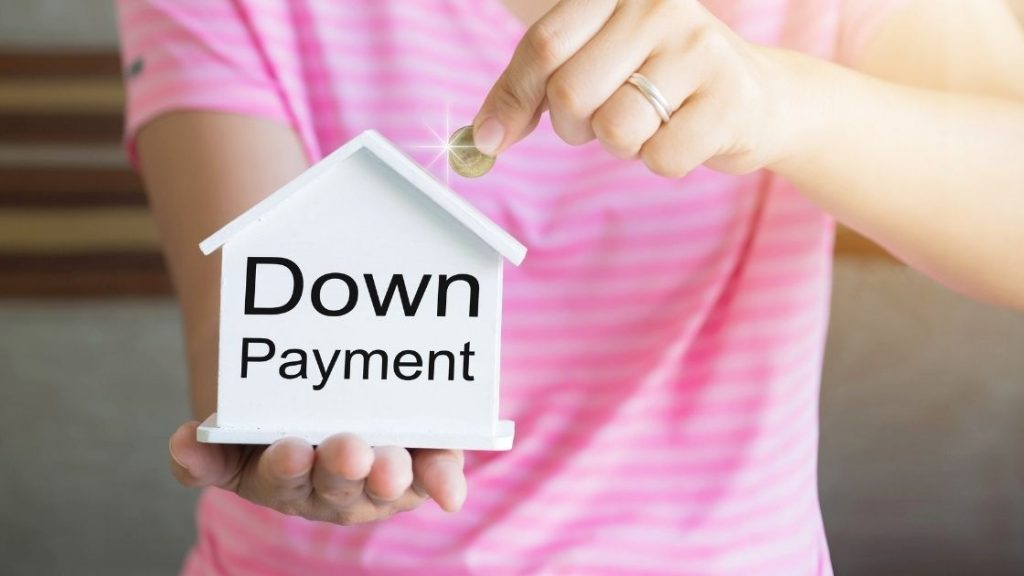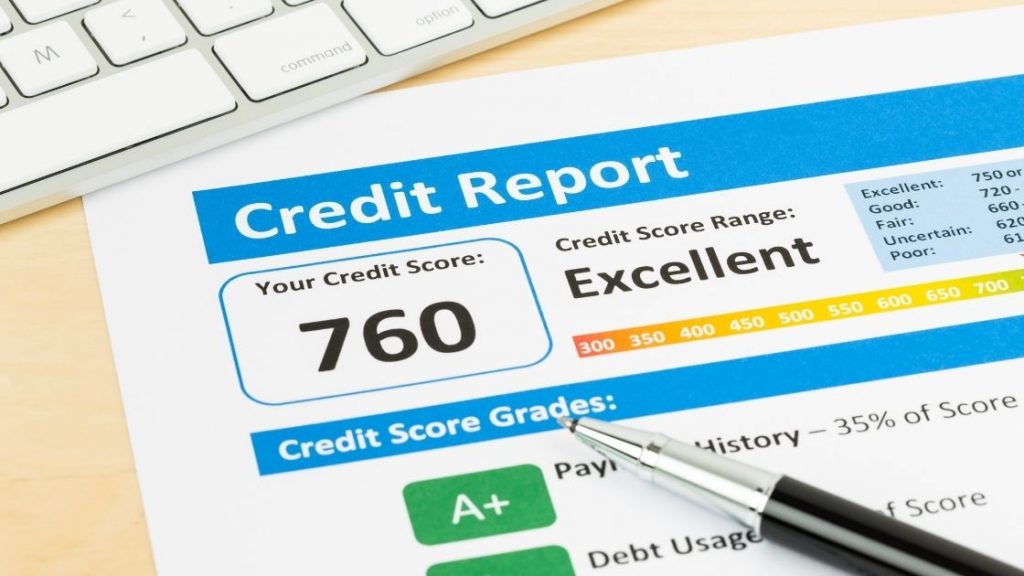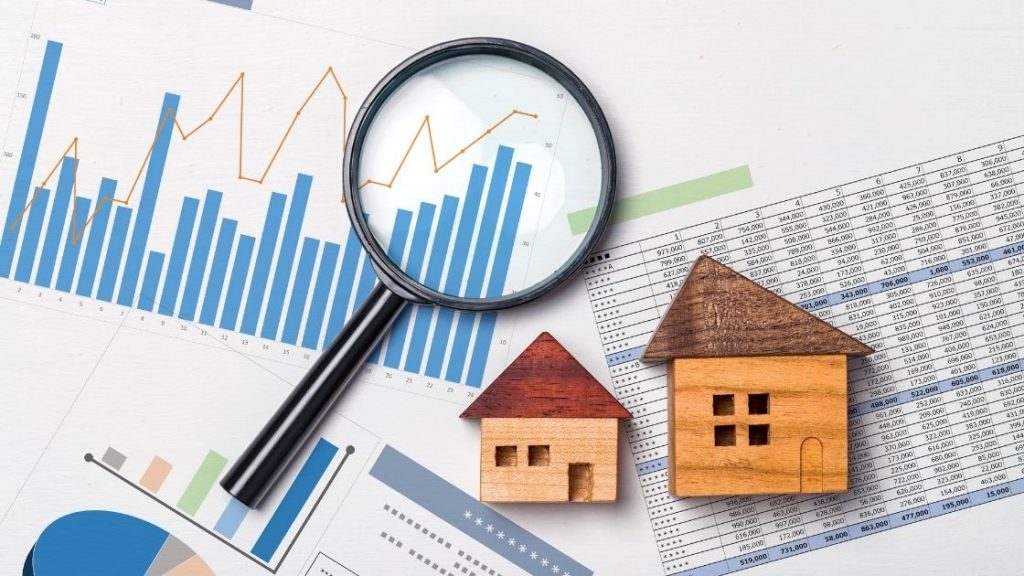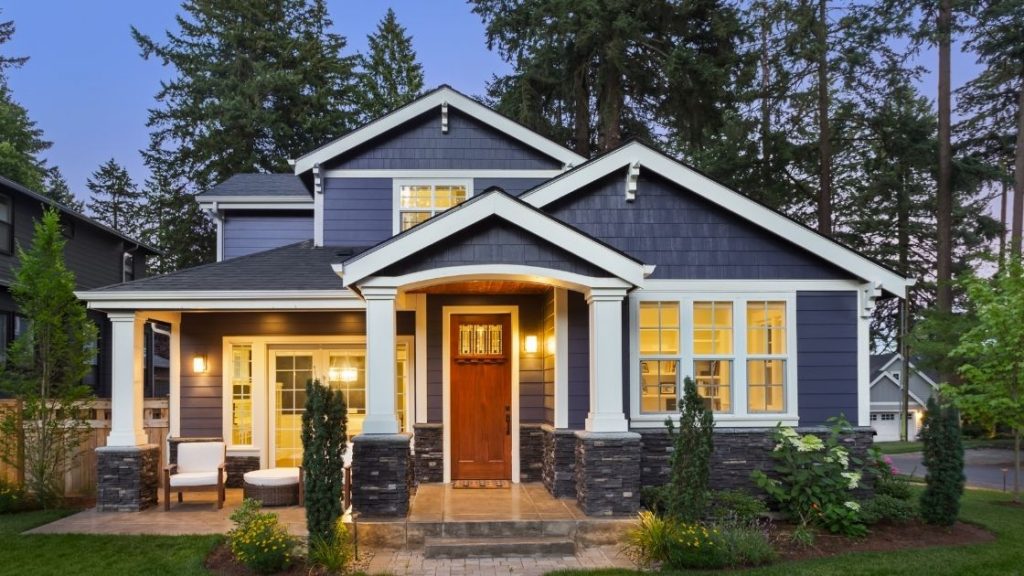Ninety percent of all millionaires become so through owning real estate. More money has been made in real estate than in all industrial investments combined.
Real estate can be a terrific investment and has been a proven path toward long-term wealth. There’s a reason why so many people throughout the years have found success with this form of investing.
The well-known benefits of real estate investing, particularly owning rental properties, include monthly cash flow, appreciation, tax shelters, mortgage payments made by your tenants, and the magnifying power of leverage to boost your returns.
I own nine rental properties and have been investing for over a decade in real estate. I have personally seen these benefits play out across my rental portfolio. All of my properties have positive cash flow, have risen in value significantly, and are mostly hassle-free at this point (even though I manage them on my own).
Like anything else, once you figure it out and do it for a while, it’s easy.
Getting started is the hardest part. But it’s a lot easier when you have a roadmap. I will explain step-by-step how you can acquire your first investment property and begin your real estate investing journey.
These are the six steps we are going to cover:
- Step 1: Get Your Financial House in Order
- Step 2: Find a Great Real Estate Agent
- Step 3: Select Your Target Markets
- Step 4: Analyze Potential Rentals
- Step 5: Make the Offer
- Step 6: Navigate Post-Contract Process and Closing
That’s a lot of ground to cover, so let’s get into it!
This post may contain affiliate links. If you click on a link and complete a transaction, I may make a small commission at no extra cost to you.
The information contained in this post is for informational purposes only. It is not a recommendation to buy or invest, and it is not financial, investment, legal, or tax advice. You should seek the advice of a qualified professional before making any investment or other decisions relating to the topics covered by this article.
Step 1: Get Your Financial House In Order
Get a Down Payment

One of the nice things about investing in real estate is that you do not need to pay the entire purchase price in cash. In most cases, you need to only put 15% of the purchase price as a down payment. The bank will finance the rest.
Still, for most people looking to invest in real estate, getting the down payment is by far the biggest hurdle. Because of this, I am going to devote a good amount of time to giving you some great ideas on how to clear this hurdle.
Set Up Your Savings Account
So, how do you acquire the down payment? The obvious choice is just hunkering down and saving it. To do that, you may want to start by parking your money in an online high yield checking or savings account, not at your regular brick and mortar bank.
CIT Bank is an option that you may want to explore. They offer one of the leading high yield savings products on the market, are FDIC-insured, and they make it easy to open an account. If interested, check them out below.
Once you’ve got your savings account in place, the next step is funding it. Below are some strategies you can use to get to your savings goal faster Let’s get into them!
Jump Start Your Savings
The first thing you should do is put in a sizable deposit to jumpstart your savings. Where do you get the money to do that? You can start by selling things you don’t want or need.
This can all be done very conveniently online. To get started, check out these 10 quick and easy ways to raise cash fast by selling your unwanted items online.
Once you have a nice bit of cash in your savings account, it is time to build it up as fast as possible.
Build Up Your Savings With Passive Income Streams
There are two interesting side gigs that you may want to explore to speed up your savings. First, you can rent out your car when you are not using it through Turo or Hyrecar. I wrote an article exploring that here.
Another novel (and super passive) way to make extra money is by renting out your extra storage space (e.g., your basement, closet, or even parking space) on Neighbor. Check out my article on that here.
For even more great ideas, I put together a list of 15 truly passive income ideas that require no money to start. I carefully edited this list to include only really passive income ideas that don’t require any money, specialized knowledge, or big investments of time and energy.
Use Existing Tax-Advantaged Account (Advanced Strategy)
If you already have some savings, but it’s in an IRA, one little-known strategy is using funds from that IRA to purchase a property. This is a real thing and I started doing it back in 2012 for three of my rentals.
I have written an article about investing in real estate through the use of a self-directed IRA and it provides an overview of the strategy and some tips on how to get started.
Who Needs a Down Payment Anyway?
If all of this sounds too hard or you are just not in a position to save money for a down payment, don’t give up hope. I collected a list of 15 ways to invest in rental properties with no money down.
You may find some ideas there that can help you get started even if you don’t have (or can’t get) money for a down payment.
If you find it a challenge to save because you have a low income, there is one stunningly good tip (#11) for you in that article. Almost nobody talks about and it is definitely worth checking out!
Get Your Credit In Shape

As you start saving up that down payment, you should look into your credit profile. You will have access to the best interest rates on your mortgage if your credit is top-notch.
This could save you a ton of money over the long run and make cash flowing easier because your mortgage payment will be lower. So getting your credit in shape is an important step in the process.
The first thing you need to do is check your credit report and credit score. The FTC requires the three credit reporting agencies to provide a free credit report to you every 12 months. You can get your free credit report here.
You will have to go to a different source for your credit score. Experian offers a low-cost option for that.
If your credit is solid, that’s great. You are ahead of the game!
But if your credit score is not as high as you’d like, take a look at your credit report to see what needs to be addressed. You can steadily raise your score over time while saving for the down payment.
Generally speaking, get current and stay current on your bills – that seems to be the most important factor.
If you are on an aggressive timeline and looking for an immediate boost, Experian offers a product that helps raise your score instantly.
Step 2: Find A Great Real Estate Agent

The second step in rental property investing is finding a great real estate agent. I cannot emphasize enough how important this is. You should find someone who is looking out for your best interest and who views you as a long term potential client.
I would interview several agents to find one who has the following:
- Experience and success in the industry (at least five years, if possible)
- Deep familiarity with the neighborhoods you are considering (including, of course, the rental market for that area)
- Experience working with real estate investors (or happens to be a real estate investor)
- Rapport and responsiveness
Let the agent know your plans. Convey how serious you are. If you want to work with a top agent you must show them you are committed to buying if they can help you find the right property. Having a clear plan, down payment and solid credit shows you are a ready, willing, and able buyer.
Step 3: Select Your Target Markets
With the help of your real estate agent, you should figure out what neighborhoods you want to target. If this is your first rental property, you may want to stick to areas near you (all of my properties are within 15 minutes of my house, which really makes everything easier).
Some of the additional factors you should consider are:
- Reputation and overall desirability of the neighborhood (good school districts are a plus)
- Population and jobs are stable or growing
- A robust tenant population exists
One fantastic resource to help you select the right area is Mashvisor. They allow you to search a city and immediately get an overview of the investment potential.
Using their tools, you can:
- Pull average returns for traditional rental investing as well as for Airbnb.
- See how many properties are in that city.
- Find out key information, like average income, home price, Airbnb occupancy rate and the optimal strategy for that neighborhood.
- Run searches on potential properties based on the criteria you provide.
Pretty powerful tool.
If you want to access their services, you can use my promo code AFF15 for a 7-day free trial of Mashvisor in addition to a 15% discount forever on subscriptions to any Mashvisor plan.
Step 4: Analyze Potential Rentals

Now that you have selected the neighborhoods, you should figure out what type of property you want to buy, your price point and other key parameters for the search.
They could include the layout, number of bedrooms and baths, whether the property includes a garage, basement, and pool, and how close the property is to amenities like major roads, supermarkets, shopping, and entertainment.
A good rule of thumb as you look at properties is asking yourself whether you could picture living there. If not, chances are good that prospective tenants may feel the same way.
At this time, you may also want to start the mortgage application process, including obtaining a pre-approval letter.
Your agent may know of a good lender or mortgage broker. Or you can find one yourself by doing a simple search online.
I would definitely comparison shop to get the best price and terms.
Again, this is where your real estate agent can answer questions you may have around what is standard in the industry (you see why I said selecting the right agent is critical for someone doing this for the first time).
Back to the topic at hand.
One of the most important things you need to keep in mind when looking at potential properties is whether it is going to be profitable each month. That’s where cash flow analysis comes in.
Analyze Cash Flow
Cash flow is rent minus expenses. Before you purchase a rental property, you should be sure that it will cash flow.
Perhaps the most important part of that calculation is the expected rent. There is no method to perfectly predict expected rent, but a great place to start is with your real estate agent.
Your agent can pull for you “rental comps” which are basically a history of rentals in the area that are similar to your target property. You can get a pretty good sense of the rent that your property will generate based on those comps.
Another option is to go to Zillow’s “Rent” tab and run a search of the property’s ZIP code. The results may include rental listings for properties that are similar to yours in size, bedrooms, etc.
Sites like rent-o-meter can also be a fine source for rental estimates.
Any of these methods (or better yet, using all three in combination) should give you a pretty accurate idea of your expected rent.
Your estimated expenses should be pretty easy to calculate.
They are going to include your mortgage payment, property tax, and property insurance, all of which generally get rolled into a single payment that you make to the lender. If you go to Zillow, they can provide an estimate of your expenses for any property you type in.
Once you have the estimated expenses and the projected rent, just subtract one from the other to determine if the property will cash flow.
Analyze Vacancy Risk, Appreciation Curve and Ease of Sale
After figuring out whether a property will cash flow, there are a couple of other things you may want to examine.
Vacancy Risk
Assessing vacancy is very important. Empty properties mean no rent. In my experience, vacancies can be the single biggest risk to your profits. So you should evaluate whether there is strong tenant demand for your property and how quickly vacancies have been filled for similar properties in the area.
You can ask your real estate agent to pull “rental comps” for similar properties that have rented in the area and find out what the days on market (“DOM”) were for those rentals and whether there were significant drops in price.
If the DOM was short and there were no drops in price, then you might have pretty good rental demand. If the DOM is long and there were frequent and drastic drops in rents, then you should beware.
Appreciation Potential
You may also want to look at how the property has appreciated over time and whether it will be easy to sell when the time comes.
Zillow can be a great resource (again) for getting a sense of how much your property may appreciate. When you pull up a given property, Zillow includes a graph showing how Zestimates have gone up or down for that property over time.
You can also get past sales info for that property. This will give you concrete numbers on what the property sold for in the past. You can compare that to what it is worth today and get a sense of how the property has appreciated over time.
Zillow also shows “similar homes” that have recently sold. Check out their price history as well to get a better sense of appreciation across a number of similar properties in the area.
Finally, you can also ask your real estate agent to do the same things with “sales comps” in his database (which may be more accurate and complete).
Ease of Sale
If you are worried about whether you will have a hard time selling the property in the future, ask your real estate agent to pull sales comps (these show historical sales prices for similar properties in the area). Look at the DOM for those comps.
As with rental comps, the longer the DOM and the more price reductions you see on a listing, the more difficulty that seller probably had in selling it.
Now, you should take that information with a grain of salt because each house has its differences, and it is sometimes tough to know why a seller reduced their price or why a particular house sat on the market.
That being said, if you see a historical pattern of many houses sitting on the market in that area, it might be a red flag.
Step 5: Make the Offer

After you have found a property that fits your criteria, you will want to make an offer. Your agent will guide you through that process. There is typically a negotiation on price and other terms, which can be nerve-wracking your first time around.
Even if you love the property, don’t get carried away and pay too much for it. This is an investment and you need to adopt a clinical approach when thinking about it.
Walk away if it’s not a fair deal or if you won’t meet your cash flow and other requirements.
Step 6: Navigate Post-Contract Process and Closing
Once your offer is accepted and you enter into a sales contract, the clock really starts ticking. There may be inspections to do and you have to navigate the mortgage process.
An experienced agent has gone through this with hundreds of buyer and can help you navigate this process. You just need to take care of the myriad requests that are going to come your way.
Also, the settlement company that is going to handle your closing may ask you for documents and information to prepare for your closing.
At closing, you will be asked to sign a huge stack of documents (and of course hand over a check!). But at the end of it all, you will get a set of keys that will hopefully unlock a profitable future for you!
Conclusion
As you can see, these initials steps require patience, discipline, and effort. But if you commit to it, they are absolutely doable. Your first property can provide you with a superior investment and will set you on the path toward financial freedom.
And don’t get discouraged if that first property was tough, the second is much easier. If you keep at it, you will be on your way to owning a rental property empire that can generate strong monthly cash flow and great returns over time.
A Simpler Approach to Real Estate Investing?
If you prefer a less hands on approach to investing in real estate, you may want to look into real estate crowdfunding, which is an option that you can pursue with a lot less work and money. Crowdfunding platforms can be a maintenance-free option and some consider them to be a safer investment than investing in an individual rental property.
I like Fundrise and invest with them personally. They have really low minimum investment requirements. As of the date of this article, their starter package only requires a $10 investment.
If you join them via this link, you can be part of their “refer a friend” program where you (and I) can receive $50 worth of bonus shares for signing up. If you want to help support the blog and also get some free shares, it’s something you may want to consider.

